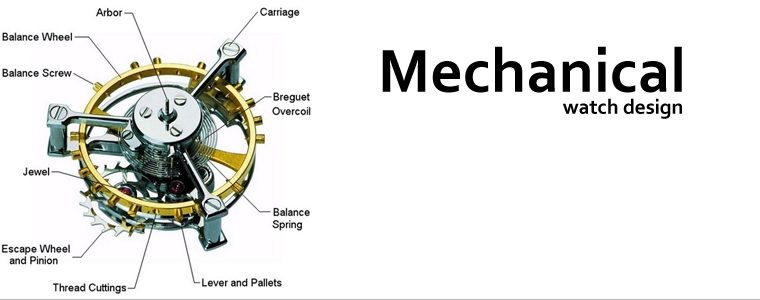
Mechanical wrist watch architecture
The principles of design and construction of mechanical watches have remained same since its inception, especially the balance wheel escapement model. Just like the wheel even the engine of a timepiece seemed astonishingly perfect, and therefore the need to reinvent didn’t make any sense. Of course, that didn’t stop individuals like Warren Marrison and J.W. Horton of Bell Telephone Laboratories from experimenting. Their labour was finally rewarded in the year 1927 when the duo built the first quartz clock.
So, what was so good about this quartz clock? For starters, it was more accurate than the mechanical timepiece simply because the electronic oscillator, typically regulated by a quartz crystal produced signals of extreme precise frequency – the margin of error being less than a minute in a year. Now, that is some precision!
Here is a quick history of quartz movement –
In December 1969, Seiko produced Quartz Astron 35SQ, the world’s first commercial quartz wristwatch, which was later honoured with IEEE milestone. The Astron had a quartz oscillator with a frequency of 8,192 cycles per second and was accurate to one minute per year. The Astron was released less than a year prior to the introduction of the Swiss Beta 21 which was an effort of a consortium of 16 Swiss watch makers. This design was subsequently used by big names in the industry such as Rolex, Patek and Omega for their electro-quartz series.
Coming back to the mechanical watch … so how does it work?
In simple English while quartz movements are powered by battery, mechanical watches, including some of their complications like day, date, stopwatch or chronograph or chrono as it is popularly called are all driven by unwinding of a tightly wound spring. The energy from this reservoir is slowly released, in measured amount, very similar to a quartz / crystal oscillator which vibrates back and forth at 32768 times each second.
On the other hand, a mechanical movement, as mentioned above, runs on the energy derived from a coiled spring. The energy is channeled through a series of geared assemblies also called escapement which in turn is controlled by a hairspring. The hairspring beats back and forth at a constant pace, typically between 18,000 and 36,000 times per hour, gifting a mechanical watch its accuracy attribute.
The variation in the beats is dependent on the diameter and mass of balance versus stiffness/strength of hairspring.
Today, mechanical watches use ingenious building materials such as patented alloys & silicon and intelligent substances. This simply makes a mechanical watch more accurate, as it can negate the impact of gravity, magnetism and an array of indirect vagaries, both natural and man-made.
So, from where do you buy mechanical wristwatch? You can find some really affordable and stunning mechanical watches on poolkart.com



